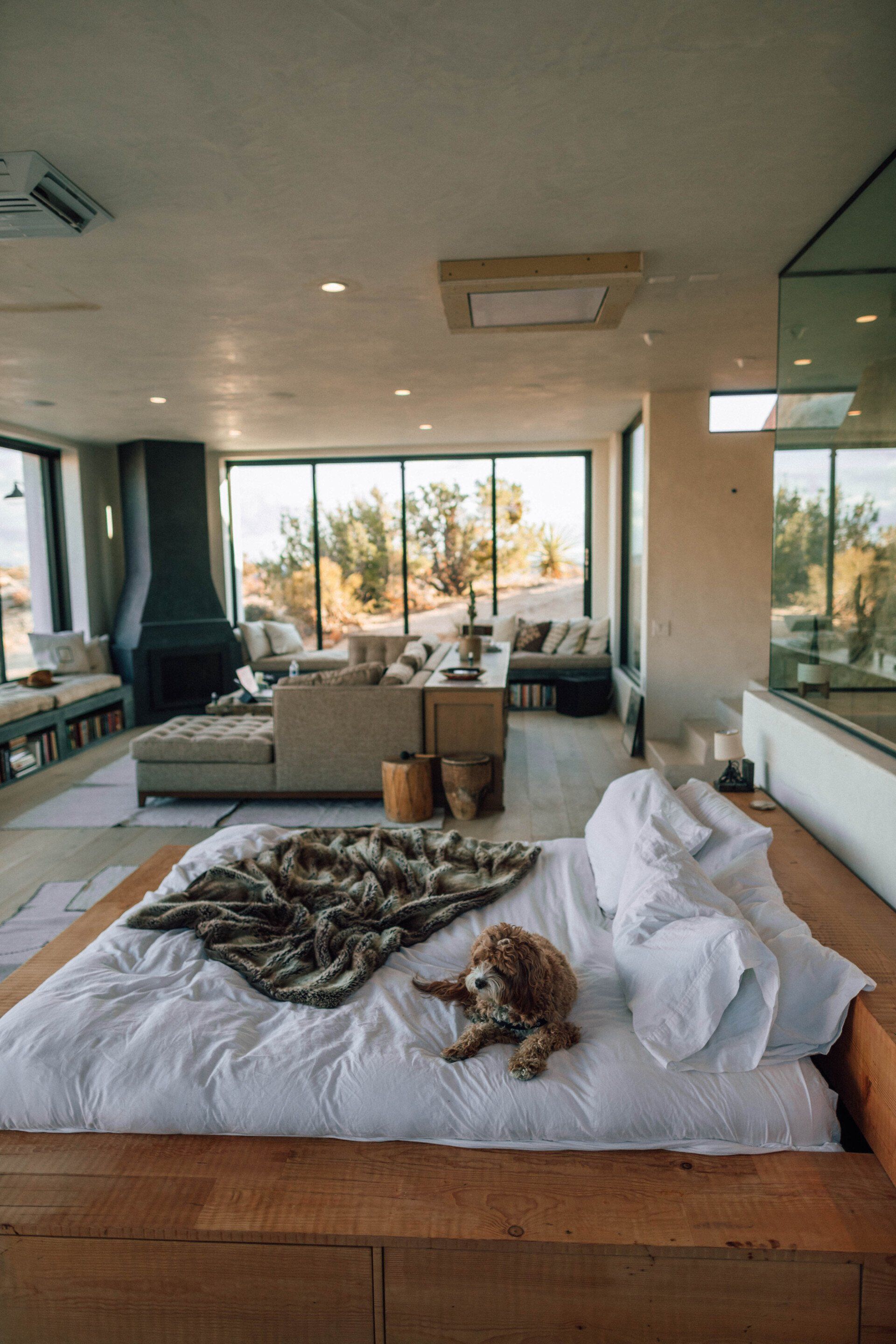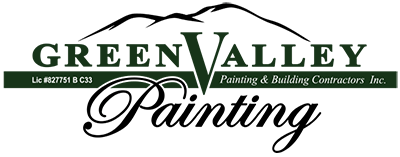How to Weatherize Your Northern California Home for Summer
When the thermometer starts to climb and the days stretch longer, you know it's that time of the year again: hot summer in Northern California! Time for beach trips, barbecues, and, of course, cranking up the AC. But, as most of us know, with the cool breezes of our air conditioner or ceiling fan, so comes the dreaded uptick in our energy bills. But, did you know that there is something you can do about it? This is where weatherization comes in.
What is weatherization?
Weatherization simply pertains to preparing your home for the upcoming weather changes, in this case, the Northern California summer. Ultimately, it helps your house cool and helps you lower down your electricity bills. Now, how can you do that?
NOTE:
These will not completely and drastically keep your electricity bills down. But, you’d be surprised at how these little and simple changes can lead up to something valuable.
Sealing windows and doors
If your windows and
doors are leaking cool air, they're as good as an open invitation for that hot air to come right in. Your goal here is to trap the cool air inside, and to do that, you need to plug any leaks. This is a simple and cheap fix that can make a surprising difference.
For this method, you will be needing some caulk, weatherstripping, and elbow grease.
First,
identify the drafts. Try walking around your home and feel for drafts near windows and doors. Another trick is to light a candle and hold it near the edges of your windows and doors. If the flame flickers or gets blown out, you've got a draft.
Then, clean the window area first — removing old, crumbling caulk if necessary. From here, using a caulk gun, apply a bead of caulk around the edges where the window meets the frame, both inside and outside. Smooth it out with a caulk tool or your finger. You've just sealed a window. Similarly, clean the door frame. Then, cut your weatherstripping to fit each side of the door. Peel off the backing (if it's adhesive) and stick it to the frame, making sure it compresses slightly against the door to form a good seal. For the bottom of the door, you might want to consider a door sweep.
Insulation
Insulation isn't just for winterizing your home — it works both ways, like a thermal barrier against the heat. If you've got an attic, this is a prime place to start. Hot air loves to accumulate up there, and good insulation can keep that heat from seeping into your living spaces. Remember, a well-insulated home is like a giant cooler, preserving the cool air within.
There are various types of insulation, each with its own pros and cons.
Fiberglass batts
are common and fairly easy to install in attics and walls, while
loose-fill cellulose or fiberglass is good for topping up existing insulation. Spray foam is highly effective but often requires professional installation.
If you’re doing this DIY-style, batts are a good starting point. These come in rolls that you can cut to fit between the joists in your attic or walls. Remember to wear gloves, a mask, and protective clothing – those tiny fiberglass particles can be itchy and irritating. Start from the edges and work your way towards the center, ensuring the insulation fits snugly without being overly compressed.
Be sure to cover all the space but avoid blocking soffit vents that allow for necessary airflow. Also, keep insulation clear of heat-producing objects like recessed lights and chimneys, unless they are rated for direct contact with insulation.
If the task seems too large or if you're dealing with spray foam, it might be time to call in a professional. They'll have the equipment and expertise to get the job done quickly and safely.
Ventilation
This one may be a bit of a balancing act, but it's key to a comfortable home. Ventilation is all about making the air in your home move in the right way at the right time. It's about embracing the cool breezes of the Northern California evening and keeping the hot afternoon air at bay. Here are some good ventilation methods for your home:
1. Natural Ventilation: This is as simple as opening your windows and doors when the outside temperature is cooler than inside, usually in the early morning and late evening. This allows the cool air to flow in, pushing out the warm air. Don't forget to close them again once the sun comes up and the temperature starts to climb.
2. Cross Ventilation: If your home layout allows, try to create a pathway for the air to flow through your home. This might involve opening windows on opposite sides of the house to encourage a cooling breeze to sweep across your living spaces.
3. Exhaust Fans: These are your best friends in the fight against indoor heat. Turn on your kitchen exhaust fan while cooking to help vent hot air directly outside. Likewise, use your bathroom fans during and after hot showers to expel warm, humid air.
4. Whole House Fans:
These are installed in your attic and can pull cool air in through your windows while pushing hot air out through your attic vents. They're a fantastic option for evening cooling, letting you harness those deliciously cool NorCal nights.
5. Air Conditioning: If you have it, use it wisely. Be energy efficient. Set your thermostat as high as comfortably possible - the smaller the difference between the indoor and outdoor temperatures, the lower your overall cooling bill will be. And remember to keep windows and doors shut when the AC is running.
Choose a Good Paint Color
There's another trick in the weatherization handbook that might surprise you — the color of your home's
exterior paint. And here’s how and why:
Light-colored surfaces reflect more sunlight and absorb less heat, while dark-colored surfaces absorb more sunlight and heat. It's the reason you might opt for a white t-shirt on a hot day rather than a black one. The same principle applies to your home's exterior.
If you're willing to give your home a new coat of paint or if you’re currently in the process of painting your new home, consider lighter hues. Whites, beiges, light grays, or pastels can all reflect more sunlight than their darker counterparts, helping to keep your home cooler.
If you want to go the extra mile, consider investing in cool or reflective paints. These are specially designed to reflect more of the sun's rays than traditional paint. While they might be a bit more expensive upfront, the potential energy savings can make up for it in the long run.
The Bottom Line
From understanding our unique climate to basic weatherization techniques, and even the impact of paint color, we've covered it all. Armed with this information, you're ready to make your home a cool and comfortable haven, no matter how high the mercury climbs.
But if the thought of tackling some of these tasks seems overwhelming, or you fancy giving your home a fresh coat of paint to beat the heat, don't sweat it – Green Valley Painting, Inc. is here to lend a hand.
With over 15 years of experience
painting homes and businesses in Solano, Napa, and
Contra Costa counties, we've got the expertise to take on your project, big or small. We're not just about giving your home a new look; we provide a high-performance
painting solution that meets your timeline, fits your budget, and exceeds your expectations.
We're a locally owned and operated company, and proud members of our community. For us, every project is an opportunity to make you feel good about choosing Green Valley Painting. We're not just looking to paint your home – we're looking to build long-term relationships, one excellent service at a time.
Ready to weatherize your home for summer? Let's chat! Call us at (707) 864-6864 today for an estimate. Here's to a cooler, more comfortable summer,
Northern California!








